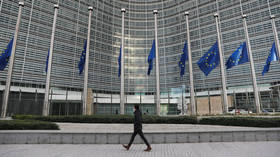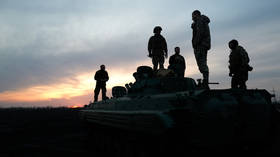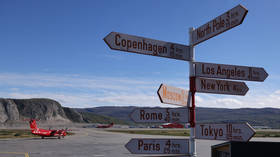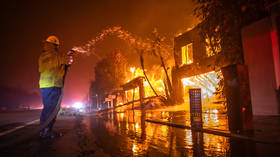Drones deployed to recon volcanos at risk of major eruption (VIDEO)
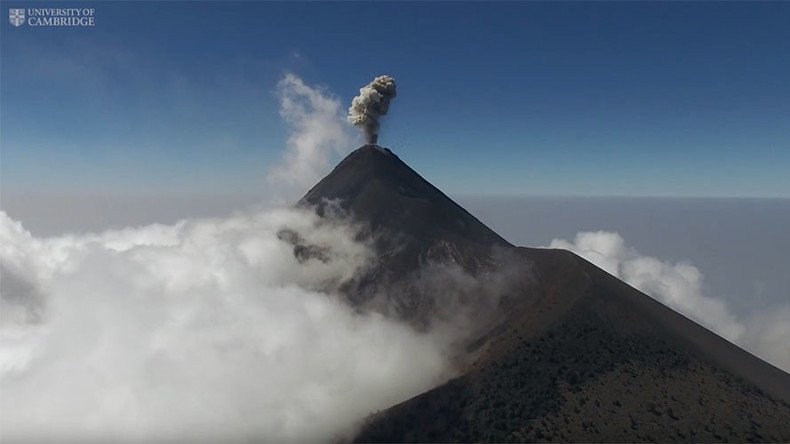
Custom made drones are helping volcanologists get closer than ever before to Guatemala’s Volcan de Fuego, near some 60,000 people who are at risk from its frequent eruptions.
The volcano climbs to 3,700 meters (12139 feet) above sea level and releases small explosions several times every hour. In fact, it erupts so often, it’s difficult for scientists to study it safely.
Every three to four weeks the volcano lets off large eruptions which spew columns of smoke and ash high into the atmosphere, posing a risk to locals as well as aviation. Around 60,000 people live in the vicinity of the belching mountain and researchers have little idea when, or how big, the next eruption will be.
READ MORE: 2 volcanos spew ash in Russia’s quake-rattled Kamchatka
However, a team of volcanologists from Cambridge and Bristol universities are hoping to answer some of these questions by using unmanned aerial vehicles (UAVs) to get much closer to the inaccessible volcano peaks.
During a 10-day research trip, the team carried out several flights at the summits of both Volcan de Fuego and Volcan de Pacaya, which is also in Guatemala. Using lightweight modern sensors they measured temperature, humidity and thermal data within the volcanic clouds and took images of multiple eruptions in real-time.
This is one of the first times drones have been used to gather data from volcanoes such as Fuego, where the lack of close access has retarded research. The drones were flown at distances of up to 8 km away and a height of over 3 km above the launch site.
Dr. Emma Liu, a volcanologist from Cambridge University, said“drones offer an invaluable solution to the challenges of in-situ sampling and routine monitoring of volcanic emissions, particularly those where the near-vent region is prohibitively hazardous or inaccessible.
“These sensors not only help to understand emissions from volcanos, they could also be used in the future to help alert local communities of impending eruptions – particularly if the flights can be automated.”



